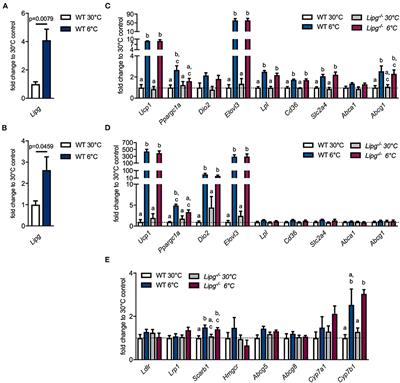ORIGINAL RESEARCH
Published on 13 Apr 2022
Exploration of Mechanisms of Sacubitril/Valsartan in the Treatment of Cardiac Arrhythmias Using a Network Pharmacology Approach
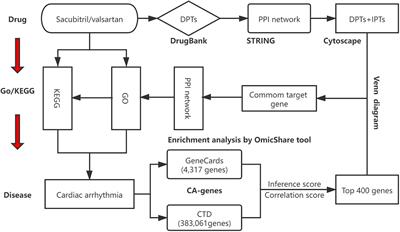
doi 10.3389/fcvm.2022.829484
- 1,543 views
- 2 citations
11k
Total downloads
34k
Total views and downloads
You will be redirected to our submission process.
ORIGINAL RESEARCH
Published on 13 Apr 2022

ORIGINAL RESEARCH
Published on 08 Apr 2022

ORIGINAL RESEARCH
Published on 14 Mar 2022
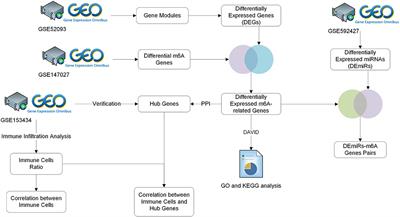
ORIGINAL RESEARCH
Published on 14 Jan 2022

ORIGINAL RESEARCH
Published on 02 Aug 2021
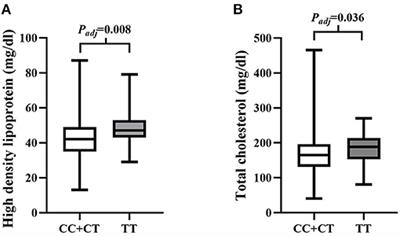
ORIGINAL RESEARCH
Published on 05 May 2021
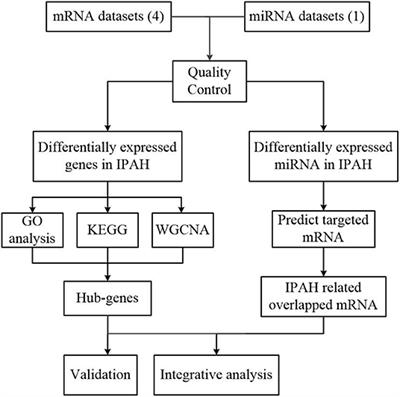
ORIGINAL RESEARCH
Published on 16 Apr 2021
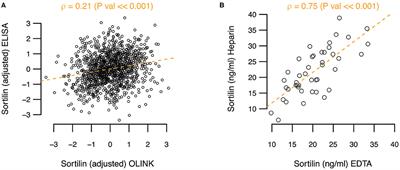
ORIGINAL RESEARCH
Published on 05 Mar 2021
